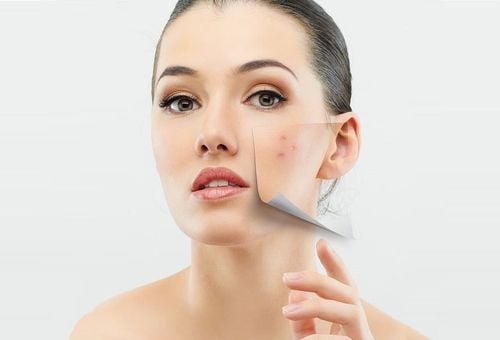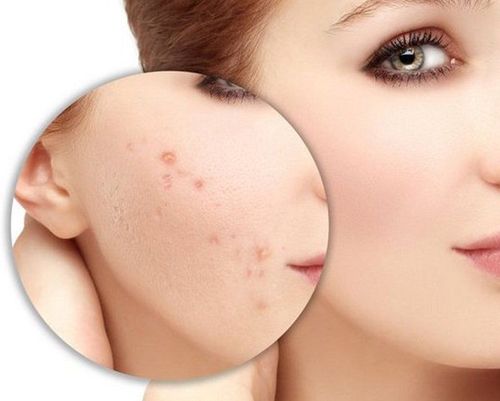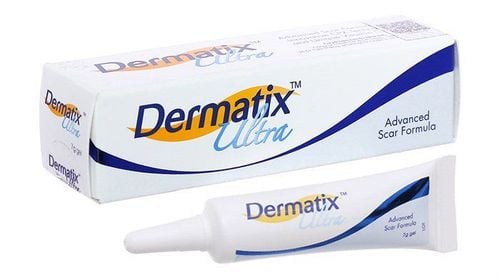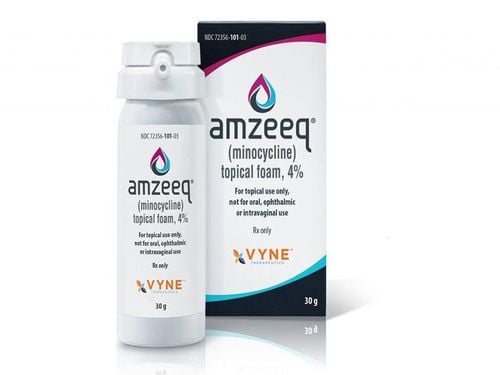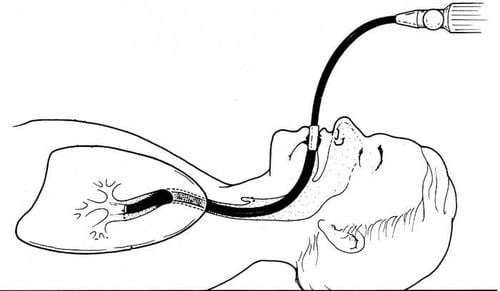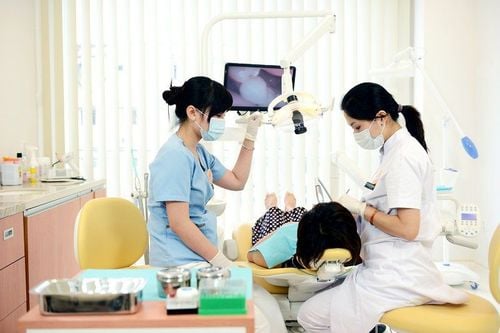This is an automatically translated article.
Laser skin resurfacing is currently showing promise as a new treatment for acne scars. However, is this method really effective or is it a "double-edged sword"? The following article will provide readers with the benefits and risks when performing laser resurfacing.
1. What is laser resurfacing?
Laser resurfacing is a technique that uses lasers to treat acne scars, wrinkles, and other skin problems. The effect of this method is to remove layers of skin and promote collagen production. There are many types of lasers with varying degrees of skin penetration depending on the strength (wavelength) of the laser. As a result, women will own a skin with few defects, shiny and youthful. Currently, there are two laser skin resurfacing techniques, including:
1.1. Laser dissection
This technique aims to remove thin layers of skin to shrink acne, scars as well as wrinkles on the skin. Some of the commonly used lasers are CO2 and erbium (ER). Ablative lasers reach the skin more intensely and take longer to heal.
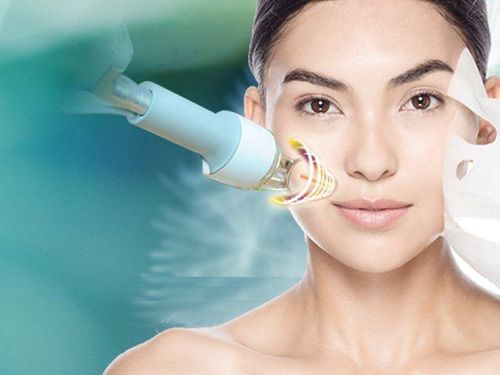
Laser tái tạo bề mặt giúp ngăn ngừa nếp nhăn và chống lão hóa
1.2. Non-ablative laser
The dermatologist will use a fractional laser that vibrates through the skin to stimulate collagen production and tighten the underlying skin. This technique affects the skin lighter than the ablative laser technique. Some commonly used non-ablative lasers are Q-switch (YAG laser), CO¬2 fractional laser, fractional laser duo and fractional RF (fractional RF).
Although the mechanism is different, both techniques are effective in treating scars and tightening pores. The subjects indicated for laser resurfacing are:
Cases where there are visible lines or wrinkles around the eyes, mouth, on the forehead Shallow scars due to acne Skin tightening is not effective However, this technique is anti-inflammatory. Indicated for women with acne, dark skin, stretch marks.
MORE: Fractional CO2 laser skin rejuvenation
2. Is laser resurfacing effective in treating acne scars?
According to records, laser skin resurfacing efficiency in acne treatment is up to 90%. Currently, there is almost no method that can improve scars as well as laser resurfacing. Different lasers are more useful for certain procedures and skin types. For example, the Erbium:YAG laser is better for improving dark skin.Laser resurfacing burns the face to create new skin surface and reduce acne scars, but treatment can take up to 18 months. Up to 45% of all patients have temporary changes in skin color, but infection is very rare. Accordingly, the procedure is up to 80% effective for superficial scars. Deep scars can be treated before or during laser resurfacing.
3. Possible risks when laser skin resurfacing
As noted, there are a number of risks for people performing skin resurfacing as follows:Itching, swelling and redness: This is a reaction of the facial skin to the laser. You will feel some discomfort, but these will go away on their own in a short time. If you have had skin problems such as dermatitis before, this side effect may be worse. Acne: During the treatment, you need to apply a thick cream or bandage the treated skin. This invisibly causes acne to break out. Some people will develop small white spots on the skin. Infection: Ablative laser skin resurfacing can lead to infection, viral infection, or fungal infection. Skin discoloration: This technique causes the treated skin to become darker or lighter in color than usual. Scarring: This risk comes from laser resurfacing by inexperienced technicians.
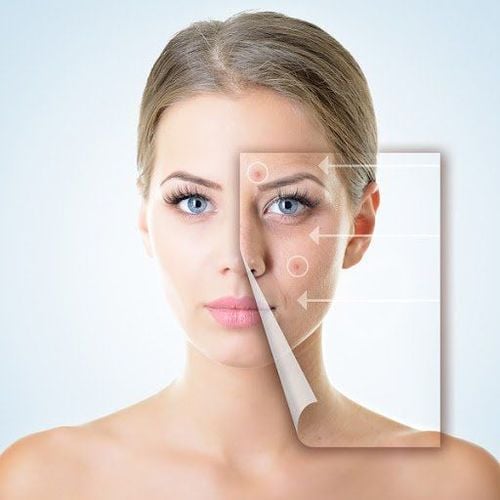
Một số trường hợp laser tái tạo bề mặt da có thể gây ra mụn
4. How much does laser resurfacing in acne treatment cost?
The cost of performing regenerative lasers is of interest to people. For full-face laser resurfacing ranges from $4,000 to $8,000, depending on the country. This cost is considered quite high, but it is directly proportional to the efficiency brought.
Not only is the leading comprehensive health care address, Vinmec International General Hospital is also a place of examination, aesthetics and beauty trusted by many women. In order to improve the quality of services, help women have smooth, anti-aging skin, Vinmec now deploys a skin rejuvenation treatment package with PRP (non-invasive). PRP skin rejuvenation injection method is combined with Fractional CO2 Laser technology - using laser to affect the skin, creating microscopic lesions. These injuries will stimulate the body's self-healing mechanism, increase collagen and elastin production, help restore damaged cells and regenerate new tissue to replace lost cells; PRP helps PRP easily penetrate deep into the skin and maximize its use in treating pitted scars, treating acne scars, shrinking pores, making the skin more even, healthy and smooth.
Not only bringing PRP skin rejuvenation method to help "Return to youth for the second time", Vinmec Plastic Surgery Center also always puts safety first - Where customers can send trust, peace of mind when beautifying.
Please dial HOTLINE for more information or register for an appointment HERE. Download MyVinmec app to make appointments faster and to manage your bookings easily.
Reference source: webmd.com,




